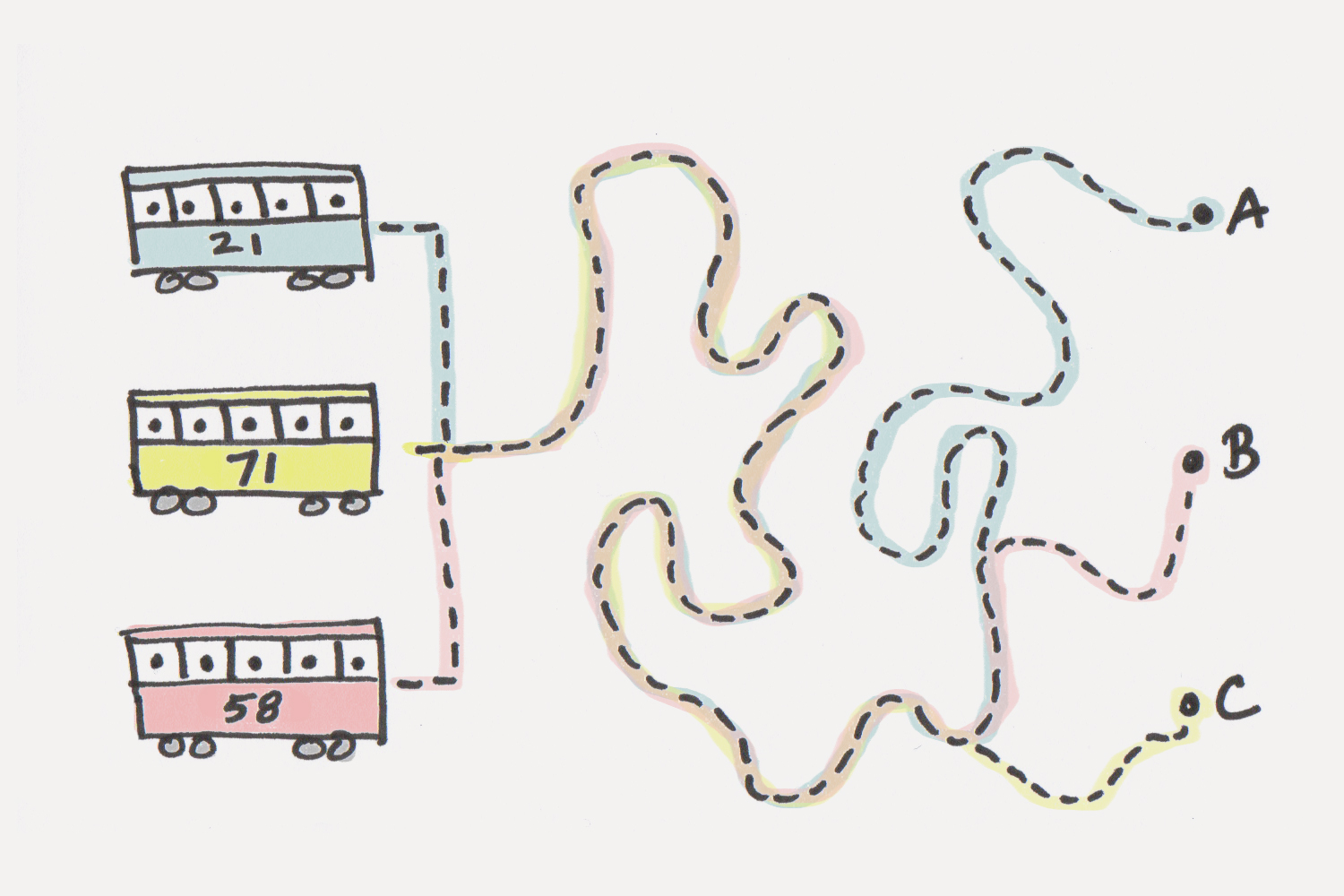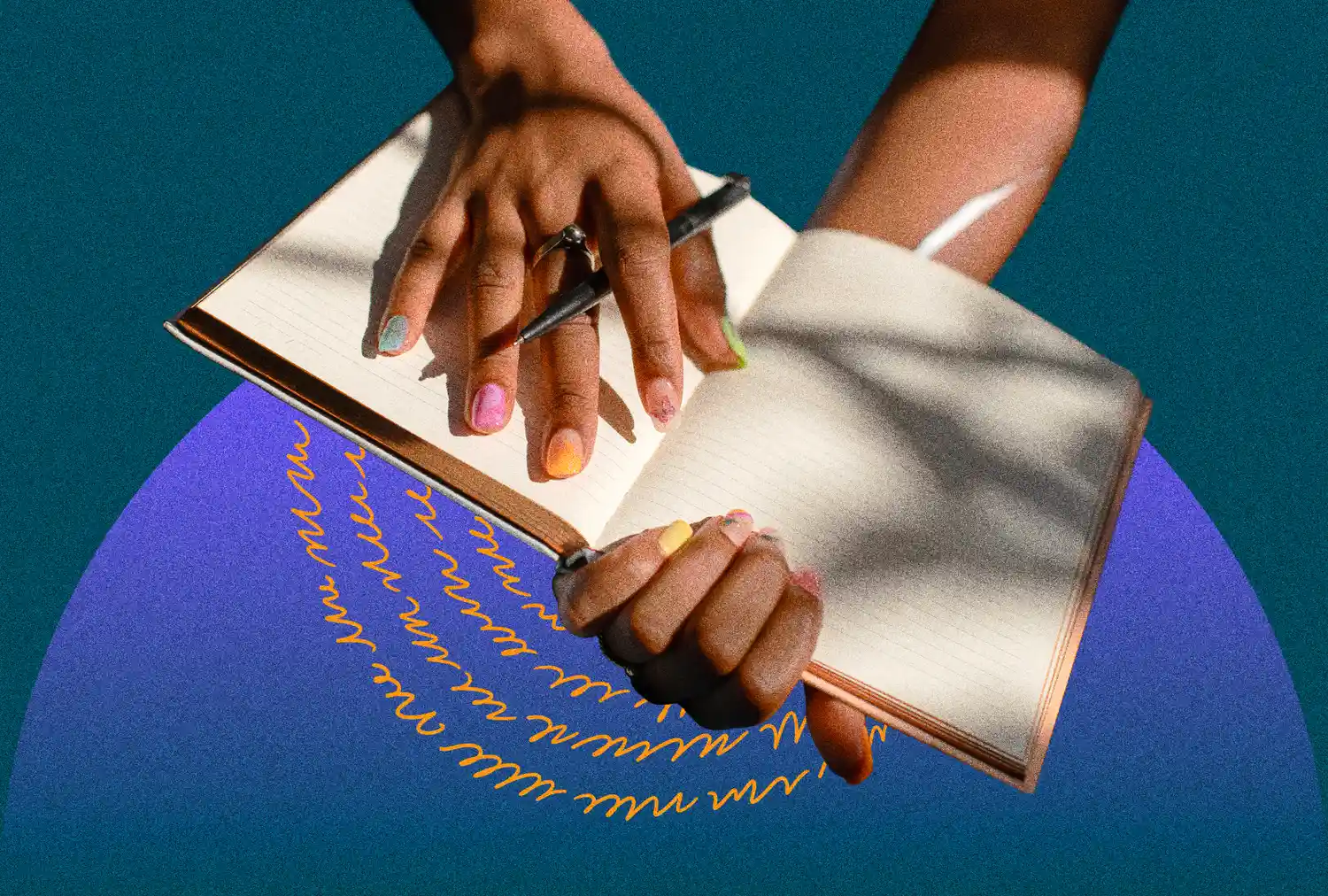Mastering Unique Meaningful Work: The Proven Path to Lasting Impact
Unlock your potential for creating unique meaningful work. Explore the 'Helsinki Bus Station Theory' and master deliberate practice to achieve lasting impact and distinction.

Embarking on a journey to produce truly unique and meaningful work often feels like navigating a dense fog. Many aspire to stand out, to leave a distinctive mark, but the path to creating unique meaningful contributions is rarely straightforward. This article delves into a powerful framework, the "Helsinki Bus Station Theory," offering a proven strategy to cultivate originality, deepen your craft, and ensure your efforts lead to lasting impact.
Why Creating Unique Meaningful Work Matters in 2025
In an increasingly competitive and interconnected world, the ability to produce work that is both original and deeply resonant is more critical than ever. Whether you're an artist, an entrepreneur, or a professional aiming for impact, generic contributions quickly get lost. Studies indicate that professionals who consistently deliver novel and purposeful solutions report higher job satisfaction and greater career longevity (Harvard Business Review, 2023). Creating unique meaningful work isn't just about personal fulfillment; it's a strategic imperative for relevance and influence in today's landscape.
The Science Behind Enduring Originality: The Helsinki Bus Station Theory
In June of 2004, renowned photographer Arno Rafael Minkkinen delivered a commencement speech at the New England School of Photography, introducing a profound concept he called "The Helsinki Bus Station Theory." Born in Helsinki, Finland, Minkkinen used the city's central bus station as a metaphor for the creative journey.
He described a station where numerous bus platforms lay side-by-side, each hosting multiple bus numbers. Each bus route initially follows the same path out of the city for a significant distance—perhaps a kilometer or two. Metaphorically, each bus stop represents a year of creative endeavor.
Imagine you dedicate three years to a specific photographic style, say, platinum studies of nudes (Bus #21). You present your work, only to be told it resembles the nudes of Irving Penn (Bus #71) or Bill Brandt (Bus #58), who share the same initial route. Discouraged, many creators would then "hop off the bus, grab a cab, and head straight back to the bus station looking for another platform." They might try a new style for another three years, only to again find their work compared to others, like Richard Misrach or Sally Mann.
This cycle of seeking a completely novel path by constantly switching directions is a common pitfall in creative and professional pursuits. It leads to perpetual comparison and a sense of unoriginality, despite significant effort.
The Core Principle: Stay on the Bus
Minkkinen's powerful advice to the graduating students was simple: "Stay on the bus. Stay on the f*cking bus." His theory posits that while buses initially share routes, they eventually diverge. "The buses that move out of Helsinki stay on the same line, but only for a while—maybe a kilometer or two. Then they begin to separate, each number heading off to its own unique destination. Bus 33 suddenly goes north. Bus 19 southwest. For a time maybe 21 and 71 dovetail one another, but soon they split off as well. Irving Penn is headed elsewhere."
It is at this point of separation that true originality emerges. As you persist, your unique vision and style begin to differentiate from your early influences. This sustained dedication allows your work to gain recognition, not just for what it shares with others, but for its distinctiveness. Over time, your entire body of work—including early efforts—is re-evaluated and appreciated as part of a coherent, unique journey.
3 Proven Strategies for Creating Unique Meaningful Contributions
Achieving mastery and producing truly unique work isn't just about putting in hours; it's about the quality and nature of that effort. Here are three strategies derived from the Helsinki Bus Station Theory to guide your journey:
1. Embrace Deliberate Rework, Not Just More Work
Many people spend countless hours on tasks. A college student might spend 10,000 hours in classrooms, or an office worker 10,000 hours writing emails. Yet, these hours alone don't guarantee expertise or originality. The key distinction lies in rework.
- Average vs. Elite: Average students learn ideas once; elite students revisit and re-learn concepts repeatedly. Average employees write emails once; elite writers meticulously revise chapters. Average gym-goers mindlessly follow routines; top athletes actively critique each repetition, constantly refining their technique. This commitment to revision is what transforms effort into mastery (K. Anders Ericsson, Florida State University, 1993).
By staying on the bus, you grant yourself the necessary time to refine, iterate, and rework your ideas. This iterative process allows you to move past the superficial and uncover insights that lead to truly unique, inspiring, and great results.
2. Cultivate Consistency Over Constant Novelty Seeking
The temptation to abandon a path when initial results resemble others is strong. However, true originality is often a byproduct of sustained effort within a chosen domain. Consistency isn't just about showing up; it's about showing up enough times to exhaust the obvious, average ideas and allow genuine breakthroughs to emerge. The sustained engagement with a specific craft or problem area enables a deeper understanding and the development of nuanced solutions that others, who frequently switch focus, will miss (Journal of Applied Psychology, 2018).
3. Choose Your Bus Wisely and Commit Decisively
Ultimately, the Helsinki Bus Station Theory highlights the critical decision of choosing your "bus line." What story do you want to tell with your life? What craft do you want to dedicate years to revising and improving? This choice is often the hardest, as there's no guaranteed "best" bus. However, to fulfill your potential and begin creating unique meaningful work, a choice must be made. Once that commitment is forged, the directive is clear: stay on the bus. This commitment provides the necessary foundation for deep work and eventual distinction.
Common Mistakes to Avoid When Seeking Originality
To effectively apply the principles of the Helsinki Bus Station Theory, it's crucial to avoid common pitfalls that derail many aspiring creators:
- Premature Abandonment: Giving up too soon when your early work resembles others. This is the core mistake Minkkinen addresses. Recognize that initial imitation is a natural part of learning and developing a style.
- Chasing Trends: Constantly jumping to new fields or styles in search of instant novelty. This prevents the deep immersion and rework necessary for true originality.
- Ignoring Feedback on Rework: Focusing solely on creating new things rather than critically evaluating and improving existing work based on constructive feedback. True growth comes from iteration.
- Misinterpreting "Deliberate Practice": Believing that simply putting in hours counts as deliberate practice. Deliberate practice requires focused attention, immediate feedback, and consistent revision (Stanford University, 2020).
Advanced Tips for Creators and Innovators
For those ready to deepen their commitment to creating unique meaningful work, consider these advanced strategies:
- Define Your "Kilometer Mark": Understand that the initial shared path is a learning phase. Actively seek influences, but consciously track your progress towards differentiation. Identify what makes your approach incrementally distinct.
- Embrace Productive Struggle: Recognize that the feeling of being stuck or encountering challenges is often a sign you're nearing a breakthrough. Don't view these as signals to switch buses, but as opportunities for deeper rework and problem-solving (University of Chicago, 2021).
- Document Your Evolution: Keep a journal or log of your creative journey. Note your influences, your early attempts, and the subtle shifts in your approach. This documentation can help you visualize your unique trajectory and reinforce your commitment to your chosen path.
- Seek Mentorship within Your "Bus Line": Connect with seasoned professionals who have successfully navigated similar creative paths. Their insights can provide guidance on how to persist and refine your work within your chosen domain, rather than encouraging you to abandon it.
Your Next Steps: An Action Plan for Unique Creation
- Identify Your Core Passion: Reflect deeply on what truly excites you and what problem you are most passionate about solving or what craft you want to master. This is your initial "bus line."
- Commit to the Long Haul: Understand that early efforts will likely resemble others. Embrace this as a necessary phase of learning and development.
- Prioritize Rework: Dedicate significant time not just to creating new things, but to revisiting, refining, and improving your existing work. Seek feedback and iterate relentlessly.
- Resist the Urge to Hop: When faced with comparisons or challenges, remind yourself of the Helsinki Bus Station Theory. Trust that continued dedication will lead to differentiation.
- Seek Depth, Not Breadth (Initially): Focus on going deep into your chosen area rather than superficially exploring many different ones.
Frequently Asked Questions
What is the Helsinki Bus Station Theory?
The Helsinki Bus Station Theory, coined by Arno Rafael Minkkinen, is a metaphor for creative and professional development. It suggests that while many paths (bus routes) initially appear similar, sustained dedication to one's chosen craft will eventually lead to unique and distinct contributions as the paths naturally diverge over time.
How does "rework" contribute to creating unique meaningful work?
Rework, or deliberate practice, is crucial because it involves iterative refinement and critical evaluation of existing efforts. Instead of simply producing more, rework focuses on improving quality, depth, and originality, allowing creators to move past initial imitations and develop a truly distinctive voice or solution.
Can the Helsinki Bus Station Theory apply to non-artistic fields?
Absolutely. The theory is highly applicable to any field requiring mastery, innovation, or problem-solving. Whether you're a manager developing new initiatives, an accountant streamlining processes, or a nurse improving patient care, the principle of sustained, deliberate effort within a chosen domain leads to unique and meaningful contributions.
Key Takeaways
Creating unique meaningful work isn't about finding an untouched path from the start, but about committing to a chosen journey with unwavering dedication. The Helsinki Bus Station Theory reminds us that true originality emerges from sustained effort and deliberate rework. By staying on your chosen "bus," you allow your unique vision to develop, leading to profound and lasting impact in your field. Embrace the process, trust in the power of perseverance, and watch as your distinctive contributions reveal themselves over time.
About Ava Thompson
NASM-certified trainer and nutrition nerd who translates science into simple routines.
View all articles by Ava Thompson →Our content meets rigorous standards for accuracy, evidence-based research, and ethical guidelines. Learn more about our editorial process .
Get Weekly Insights
Join 10,000+ readers receiving actionable tips every Sunday.




